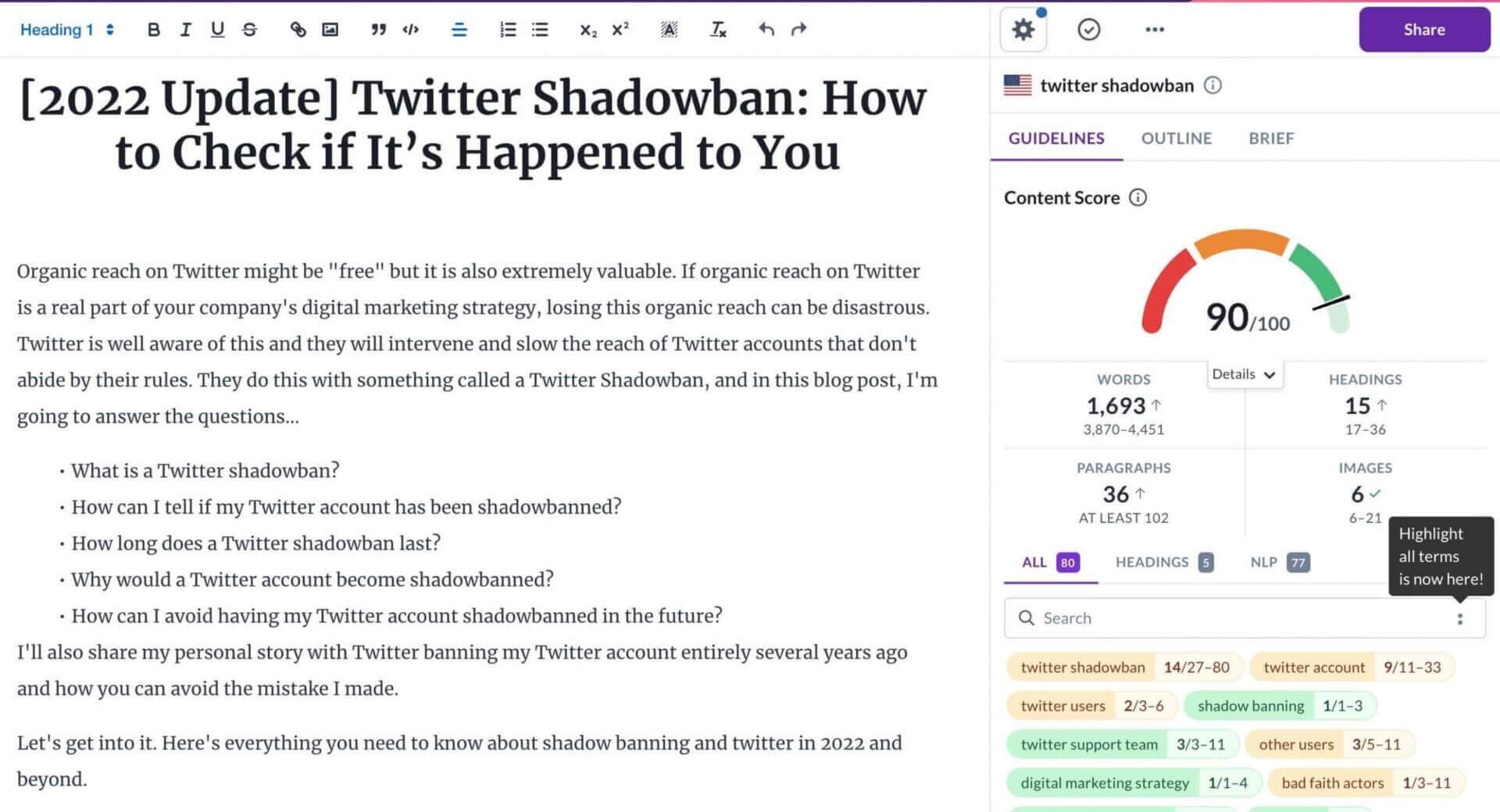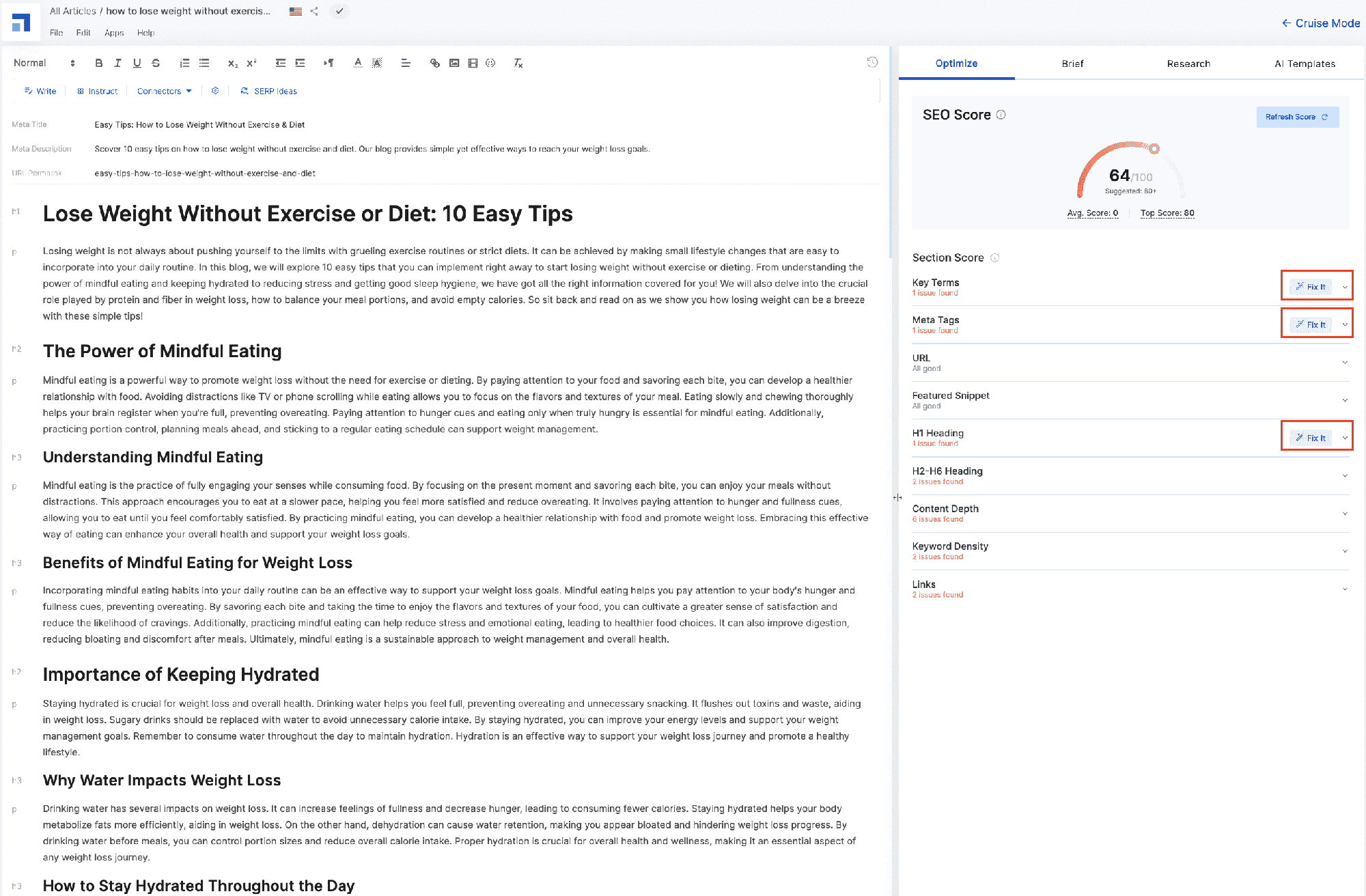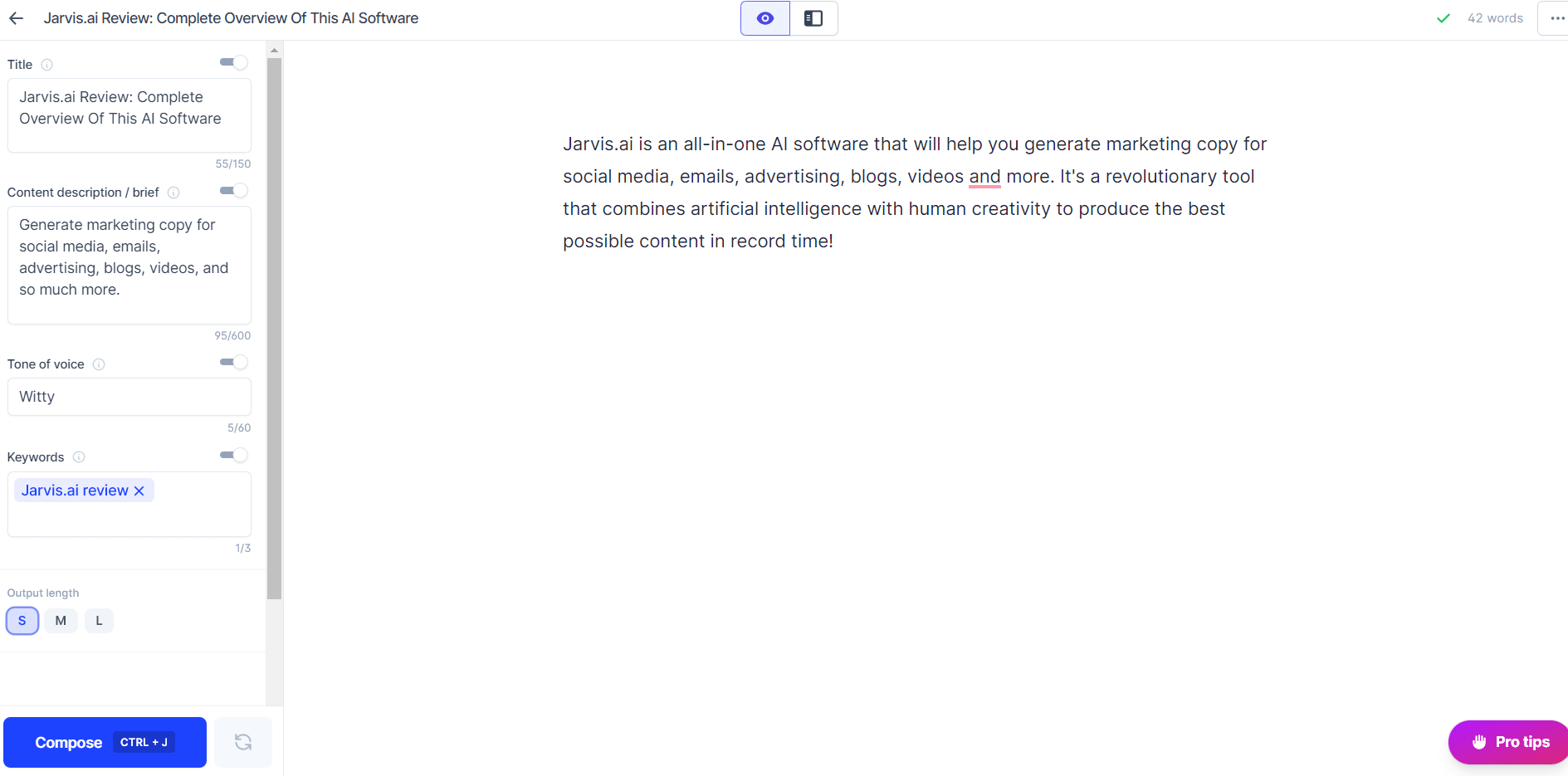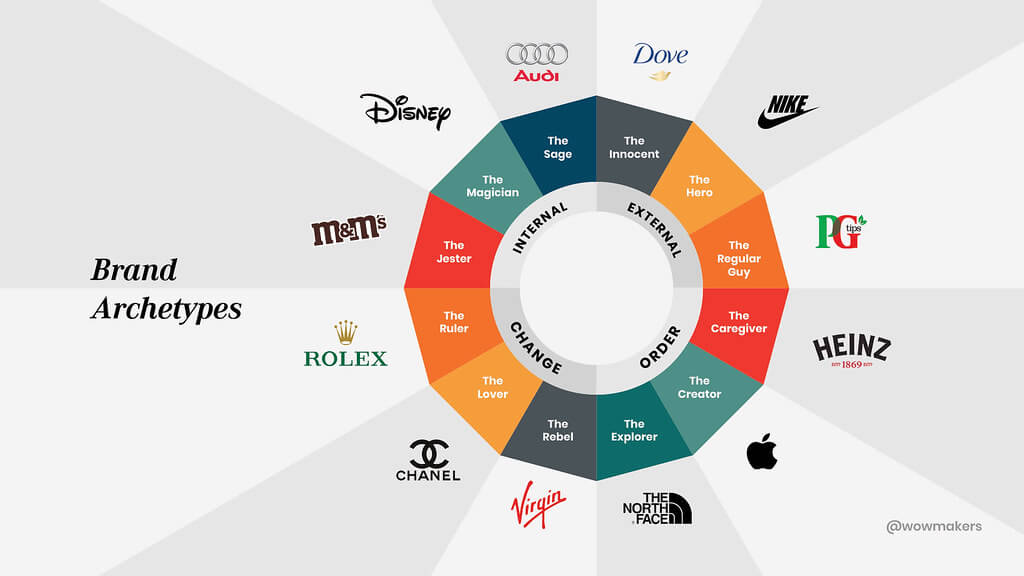When it comes to creating impactful and engaging content, understanding archetypes can be a powerful tool for bloggers. Archetypes are universal patterns or symbols that resonate with audiences across cultures and time. By tapping into these underlying patterns, bloggers can create content that is relatable and captures the essence of the human experience.
Understanding archetypes in blogging can be a powerful tool for creating impactful and engaging content. Archetypes are universal patterns or symbols that resonate with audiences and can help bloggers create relatable personas, evoke emotions, and establish a cohesive brand. To apply archetypes effectively, bloggers should identify their target audience, select relevant archetypes, weave them into storytelling, and maintain consistency. Incorporating archetypes in blogging can elevate the impact of content, establish a strong brand presence, and connect with readers on a deeper level.
Key takeaways:
- Archetypes are universal patterns or symbols that resonate with audiences across cultures and time.
- Bloggers can use archetypes to create relatable personas and evoke emotions in their content.
- By incorporating archetypal characters and themes, bloggers can tap into the collective human experience and create resonant content.
- Archetypes can also be used to define a blogger’s brand personality and voice.
- To apply archetypes effectively, bloggers should identify their target audience, select relevant archetypes, weave them into storytelling, and maintain consistency.
- By understanding and leveraging archetypal patterns, bloggers can create content that is timeless and universally appealing.
What are archetypes and why are they important in blogging?
Archetypes are deeply rooted in the human psyche and provide a framework for storytelling. They represent fundamental human qualities, desires, and experiences that people can easily identify with. By incorporating archetypes in their blogging, writers can evoke emotions, establish connections with readers, and make their content more memorable.
Using archetypes in blogging allows bloggers to:
- Create resonant characters: Bloggers can use archetypal characters, such as the hero, the villain, or the wise mentor, to create relatable personas in their content. These characters become a vessel through which readers can project their own experiences and navigate the narrative.
- Evoke familiar themes: Archetypal themes like love, redemption, or self-discovery have a universal appeal. By incorporating these themes into their blogs, writers can tap into the collective human experience and create content that resonates deeply with readers.
- Establish a cohesive brand: Archetypes can also be used to define a blogger’s brand personality and voice. By aligning with a specific archetype, bloggers can consistently communicate their message, values, and mission throughout their content.
How to apply archetypes in blogging?
To apply archetypes effectively in blogging, bloggers should:
- Identify their target audience: Understanding the demographics, interests, and motivations of their target audience will help bloggers choose archetypes that will resonate with their readers.
- Select relevant archetypes: Choose archetypes that align with the blogger’s content, values, and brand persona. For example, a self-help blogger might embody the archetype of the wise sage or the nurturing caregiver.
- Weave archetypes into storytelling: Incorporate archetypal characters, themes, and symbols into blog posts to create engaging narratives that capture readers’ attention and emotions.
- Maintain consistency: Consistently applying archetypes throughout blog content helps build a recognizable brand and establishes a strong connection with readers over time.
Incorporating archetypes into blogging can elevate the impact of content, establish a strong brand presence, and ultimately connect with readers on a deeper level. By understanding and leveraging archetypal patterns, bloggers can create content that is both timeless and universally appealing.
The Hero Archetype
The hero archetype is a powerful and widely used concept in storytelling and blogging. It represents a character who embarks on a transformative journey, facing challenges and overcoming obstacles to achieve their goals. Understanding and applying the hero archetype can greatly enhance your blog writing and engage your readers.
Definition and characteristics of the hero archetype
The hero archetype is characterized by certain key attributes:
- Leaving their ordinary world: The hero ventures out of their comfort zone into unfamiliar circumstances, often driven by a mission or a higher purpose.
- Facing challenges: The hero encounters obstacles, enemies, or moral dilemmas that they must overcome in their journey.
- Transformation: Many heroes go through personal growth and change as a result of their experiences, making them more relatable and inspiring to readers.
Examples of hero archetypes in blogging
In the realm of blogging, the hero archetype can take various forms:
- The self-improvement blogger: This blogger shares personal stories of growth and transformation, inspiring readers to embark on their own journeys of self-improvement.
- The health and wellness blogger: These bloggers become heroes by sharing knowledge, tips, and advice to help readers improve their well-being and overcome health challenges.
- The entrepreneur blogger: Entrepreneurs who share their success stories, failures, and lessons learned become heroes for aspiring entrepreneurs looking for guidance and inspiration.
How to apply the hero archetype in your blog writing
To effectively apply the hero archetype in your blog writing:
- Craft compelling stories: Use narrative techniques to engage readers emotionally, drawing them into the journey of your hero.
- Highlight personal growth and transformation: Show how your hero (whether it’s you or someone else) has learned from their experiences and evolved, giving readers hope and motivation.
- Provide practical advice and solutions: Heroes often have knowledge and skills that help them overcome challenges. Share actionable tips and advice that empower readers to tackle their own obstacles.
By incorporating elements of the hero archetype, you can create impactful and memorable blog content that resonates with your audience.
The Mentor Archetype
Definition and characteristics of the mentor archetype
In the world of storytelling and literature, archetypes are characters that embody universal meanings and experiences. One such archetype is the mentor, also known as the sage. The mentor is a source of knowledge, wisdom, and support to the main character. They are typically side characters who are static but can be either flat or round, old or young, male or female.
Mentors are characterized by their pursuit of knowledge, their care for learning, and their unwavering and wise nature. They often appear as calm and collected even in times of great peril. Mentors serve as a valuable source of support to the main character in their journey.
Examples of mentor archetypes in blogging
In the world of blogging, mentors can play a crucial role in engaging readers and providing valuable insights. Some examples include:
- Expert bloggers who share their knowledge and expertise in a particular field.
- Life coaches who offer guidance and support to help readers achieve their goals.
- Motivational speakers who inspire readers through their personal stories and experiences.
- Successful entrepreneurs who provide advice and strategies for building a business.
- Health and wellness experts who educate readers on maintaining a healthy lifestyle.
Utilizing the mentor archetype to engage readers and provide valuable insights
To leverage the power of the mentor archetype in blogging, it is essential to establish your credibility and expertise in your niche. Building trust with your audience through consistent content that offers meaningful insights and guidance is key.
Additionally, creating a personal connection by sharing your own experiences can make your mentor persona more relatable to readers. By providing actionable advice, practical tips, and real-life examples, you can engage your audience and help them navigate challenges or achieve their goals.
Remember that as a mentor, your role is to support and guide your readers. By sharing your knowledge, wisdom, and experiences, you can inspire and empower them on their own journeys.
Top 5 AI Writer for In 2025
Discover the top 5 AI writers that can help you create SEO optimized articles to achieve higher rankings in SERP. From thorough analysis to skillfully crafting content, these AI writers have got you covered.

#1 Surfer SEO

#2 Koala AI Writer

#3 Scalenut

#4 Katteb Ai

#5 Jasper Al
The Jester Archetype
Definition and characteristics of the jester archetype
The jester archetype is a character who uses humor, wit, and entertainment to engage and entertain readers. They are playful, mischievous, and often have a comedic or lighthearted approach to life. Jesters are known for their clever remarks, jokes, and ability to bring laughter and joy to others.
Some common characteristics of the jester archetype include:
- Charismatic: Jesters have a magnetic personality that draws people in and captures their attention.
- Mischievous: They enjoy mischief and often engage in playful pranks or tricks.
- Clever: Jesters are quick-witted and have a knack for finding humor in any situation.
- Impulsive: They tend to act on impulse without much regard for consequences.
- Carefree: Jesters live in the moment and don’t worry too much about the future.
- Emotionally Guarded: They use humor as a defense mechanism to avoid vulnerability.
Examples of jester archetypes in blogging
In the world of blogging, the jester archetype can bring a sense of humor and entertainment to the content. Some examples include:
- Satirical bloggers who use humor to comment on current events or social issues.
- Comedic bloggers who share funny anecdotes, stories, or observations.
- Prank bloggers who create humorous videos or posts centered around practical jokes.
- Parody bloggers who imitate well-known personalities or popular trends with a humorous twist.
Injecting humor and entertainment into your blog using the jester archetype
To incorporate the jester archetype into your blog, consider these tips:
- Use humor strategically: Add jokes, witty remarks, or funny anecdotes to keep your readers entertained.
- Embrace satire: Use satire or irony to comment on relevant topics, adding a humorous twist to your content.
- Create engaging content: Use storytelling techniques, funny visuals, or interactive elements to capture your readers’ attention.
- Be authentic: Let your personality shine through, and don’t be afraid to show your lighthearted and playful side.
- Balance seriousness with humor: While humor is important, make sure to maintain a balance and address serious topics when needed.
By understanding the jester archetype and applying its characteristics to your blogging style, you can create a fun and entertaining experience for your readers while standing out from the crowd.
The Sage Archetype
Definition and characteristics of the sage archetype
The Sage archetype represents knowledge, wisdom, and truth-seeking. Sages are experts in their field and have a deep desire to understand the world and share their expertise with others. They are seen as trusted advisors and mentors, providing valuable insights and guidance.
Characteristics of the Sage archetype include:
- Intellectual curiosity: Sages have a thirst for knowledge and are constantly seeking to expand their understanding.
- Analytical thinking: They possess the ability to analyze complex information and distill it into clear and concise insights.
- Wisdom: Sages use their knowledge to offer wise counsel and provide guidance to others.
Examples of sage archetypes in blogging
In the world of blogging, there are many examples of the Sage archetype in action. Some bloggers focus on providing expert advice and sharing their knowledge on specific topics. They become trusted sources of information for their readers.
Examples of sage archetypes in blogging include:
- Personal finance bloggers who offer valuable insights and advice on managing finances effectively.
- Health and wellness bloggers who share evidence-based information and strategies for maintaining a healthy lifestyle.
- Business and entrepreneurship bloggers who provide guidance for starting and growing a successful business.
Imparting wisdom and knowledge through the sage archetype in your blog posts
To incorporate the Sage archetype into your blog posts, focus on providing valuable content that educates your audience. Share your expertise, offer actionable advice, and provide insights that help your readers solve problems or achieve their goals.
Use a knowledgeable and authoritative tone in your writing, showcasing your expertise while remaining approachable to your audience. Present facts, research, or case studies to support your claims and establish credibility.
Ultimately, the goal is to position yourself as a trusted source of information and build a strong relationship with your readers based on the value you provide. By embodying the Sage archetype, you can establish yourself as an expert in your niche and attract a loyal audience who values your wisdom and knowledge.
The Explorer Archetype
Definition and characteristics of the explorer archetype
The explorer archetype is characterized by a thirst for knowledge, a sense of adventure, and a desire to discover and explore new things. Explorers are curious, independent, and willing to take risks to satisfy their curiosity. They are motivated by a deep yearning to understand the world and their authentic selves. Explorers value freedom, individualism, and the ability to chart their own course.
Examples of explorer archetypes in blogging
Many successful bloggers embody the explorer archetype in their content and approach. They seek out new topics, perspectives, and experiences to share with their audience. Some examples of explorer archetypes in blogging include:
- Travel bloggers: These bloggers document their adventures and share tips and insights about different destinations. They inspire their readers to explore the world and discover new cultures and experiences.
- Lifestyle bloggers: These bloggers explore various aspects of life, from health and wellness to personal development. They experiment with different approaches, products, and techniques, sharing their findings with their audience.
- DIY (Do-It-Yourself) bloggers: These bloggers embrace the explorer archetype by trying out new crafts, projects, and recipes. They share step-by-step guides, tips, and creative ideas to inspire others to explore their own creativity.
Embracing curiosity and adventure to create engaging content
To apply the explorer archetype in blogging, embrace curiosity and a sense of adventure in your content creation process. Seek out unique angles, explore new topics, and experiment with different formats or styles. Encourage your audience to join you on your journey of discovery by asking questions, encouraging interaction, and sharing personal experiences. By tapping into the explorer archetype, you can create engaging content that inspires curiosity and encourages exploration in your readers.
Overall, understanding the explorer archetype can help bloggers create content that resonates with their audience’s desire for new experiences and personal growth. By embodying the traits and spirit of the explorer, bloggers can connect with their readers on a deeper level and inspire them to embark on their own journeys of discovery.
The Lover Archetype
Definition and characteristics of the lover archetype
The lover archetype is a powerful and influential character that represents passion, sensuality, and intimacy. They are deeply connected to their emotions, driven by a desire for connection and love. This archetype is characterized by their ability to evoke strong emotions and create deep emotional bonds with others. They value beauty and desire meaningful relationships that fulfill their emotional needs.
Some key characteristics of the lover archetype include:
- Deeply emotional and sensitive
- Passionate and romantic
- Appreciation for beauty and aesthetics
- Desire for intimacy and connection
- Pursuit of pleasure and indulgence
Examples of lover archetypes in blogging
In the world of blogging, the lover archetype can be seen in various forms. Bloggers who focus on topics related to relationships, romance, and emotional well-being often embody the lover archetype. They create content that resonates with their audience on a deep emotional level, addressing topics such as love, heartbreak, self-discovery, and personal growth.
Some examples of lover archetype bloggers include:
- Relationship experts who provide advice on love and dating
- Personal bloggers who share their own experiences with relationships and emotional growth
- Lifestyle bloggers who focus on self-care, self-love, and cultivating healthy relationships
Creating emotional connections and compelling narratives with the lover archetype
To apply the lover archetype in blogging, it’s important to tap into the emotional aspects of storytelling. Creating content that evokes strong emotions in your readers can help build a deep connection with your audience. Share personal stories, provide relatable advice, and ignite a sense of passion and excitement in your writing.
Consider using visual imagery, powerful language, and storytelling techniques that capture the essence of the lover archetype. Craft narratives that explore the complexities of love, desire, longing, and personal growth. By doing so, you can create compelling content that resonates with your readers and drives engagement.
Remember, the lover archetype is all about creating emotional connections and evoking powerful feelings. Use this archetype as a tool to enhance your blogging, engage your audience, and create unforgettable content.





